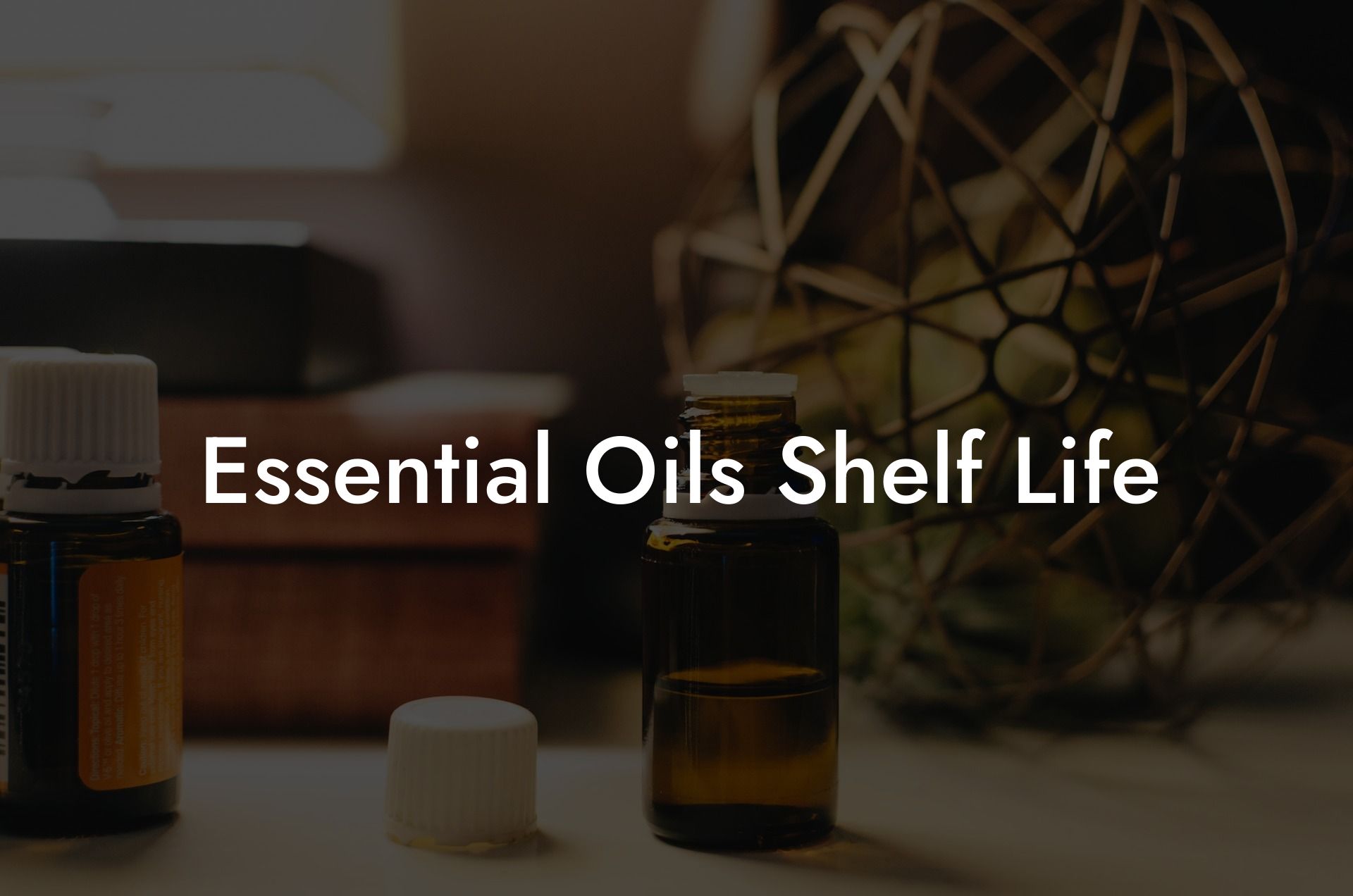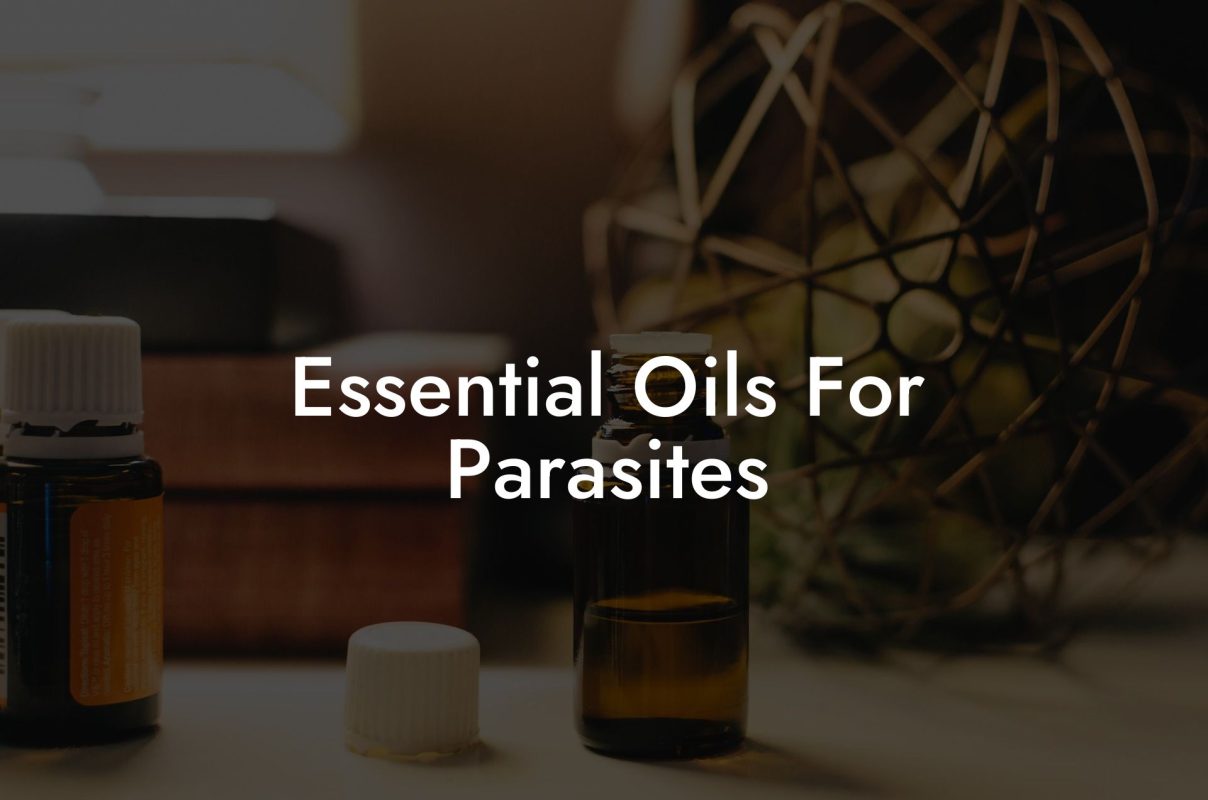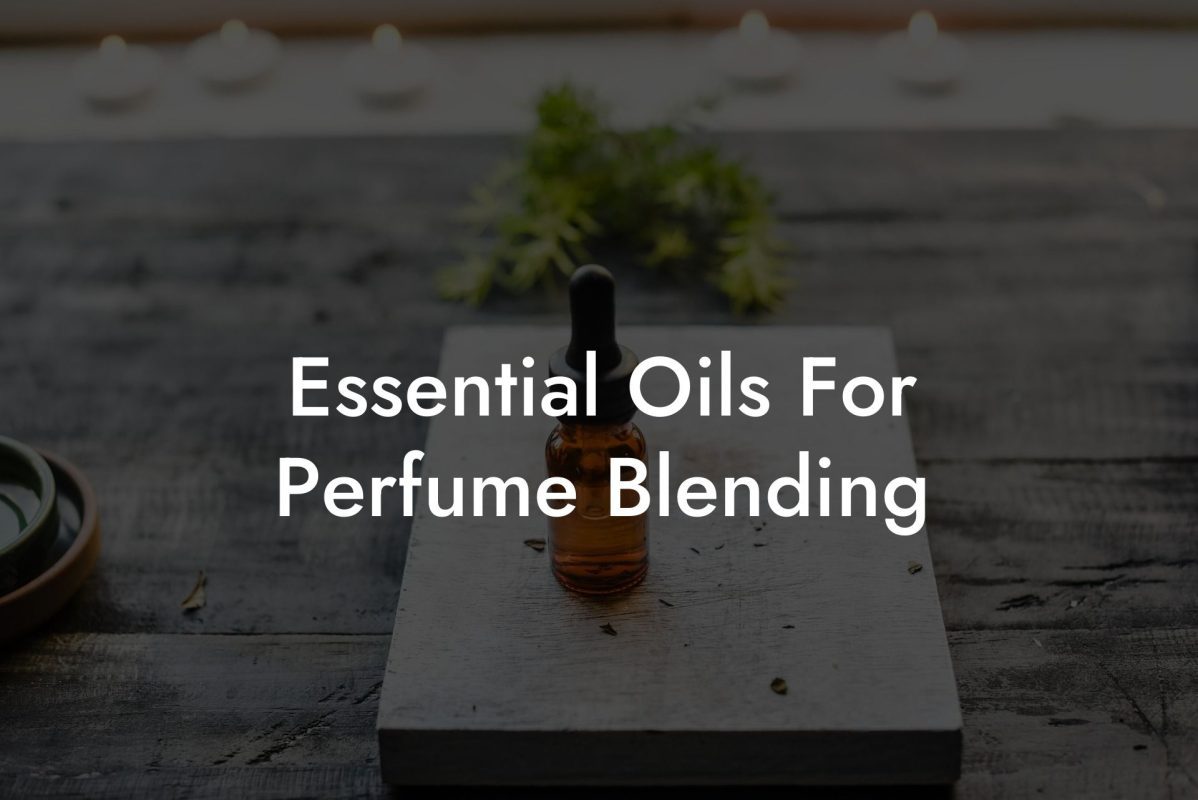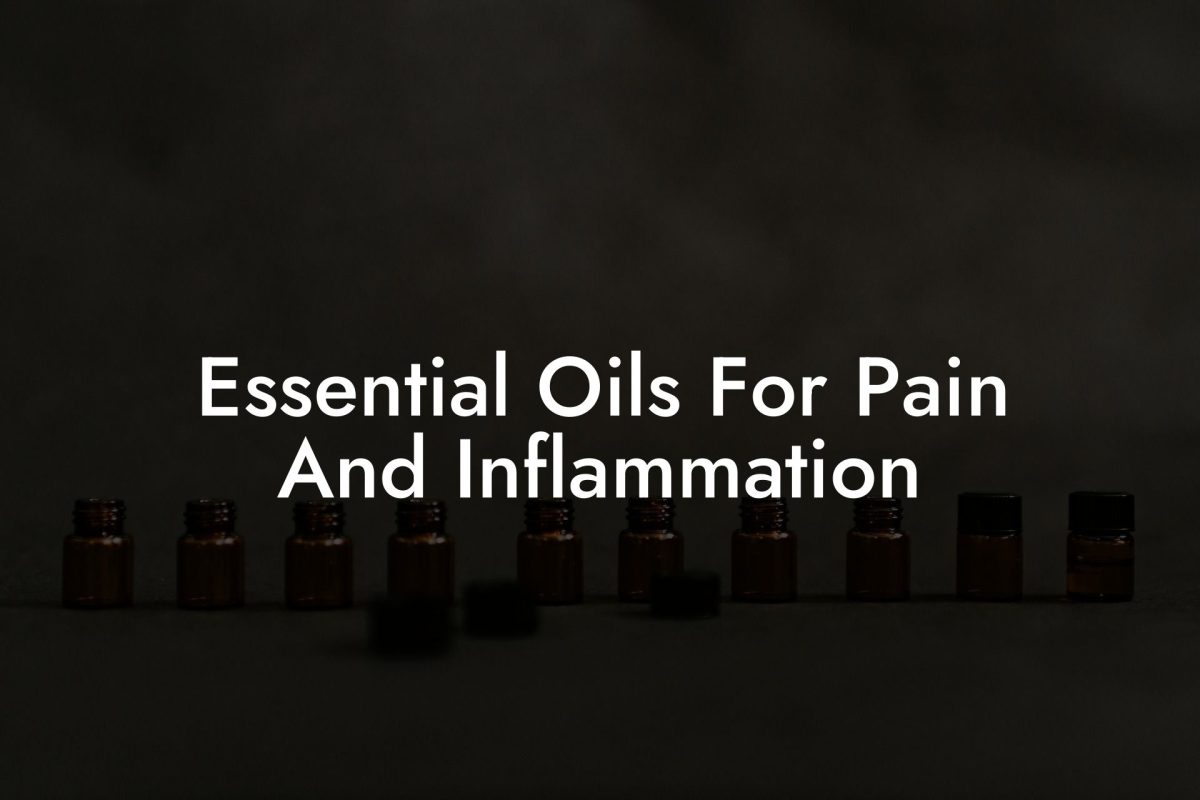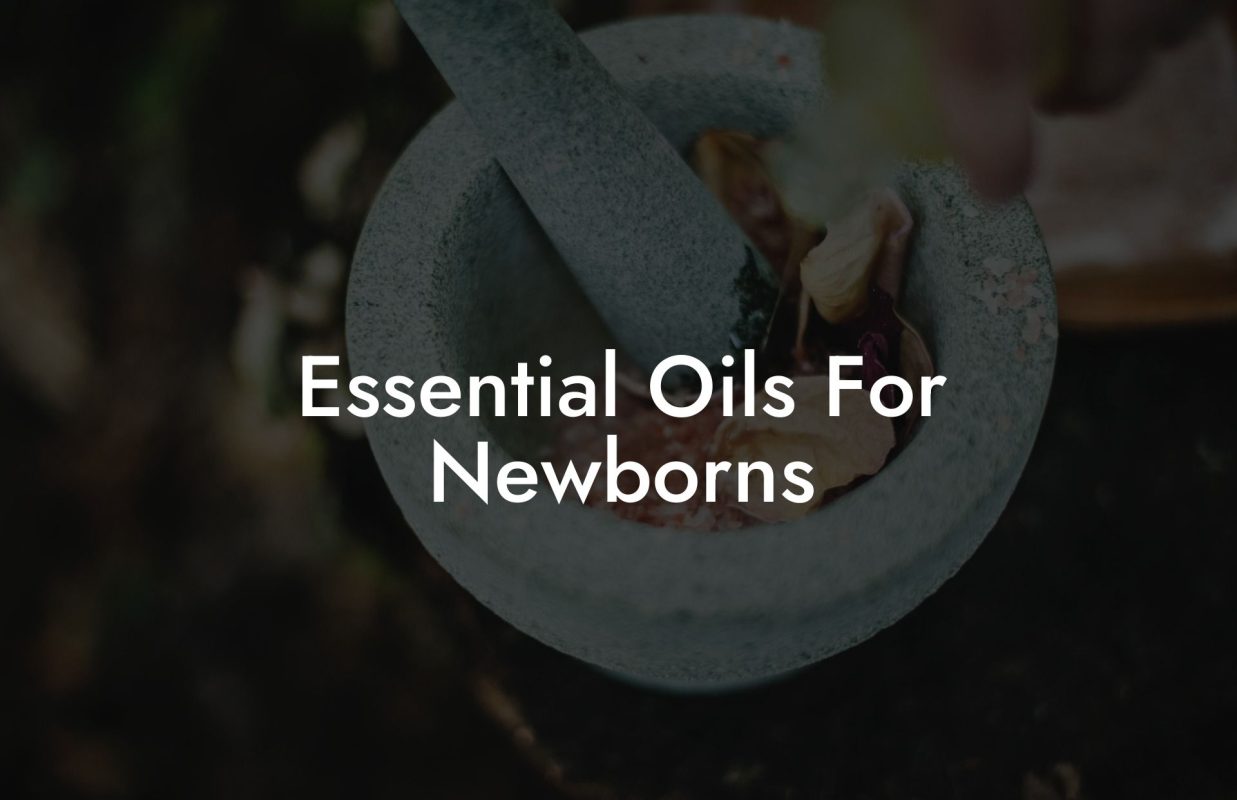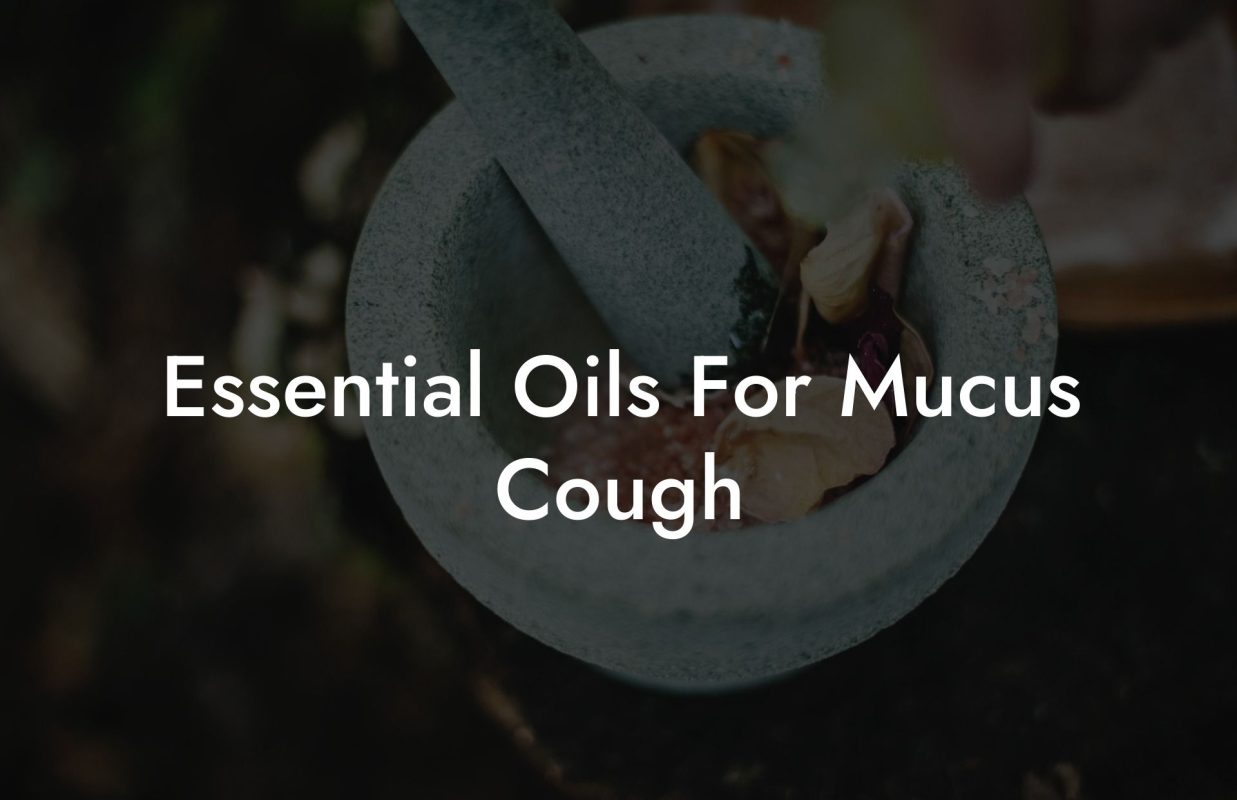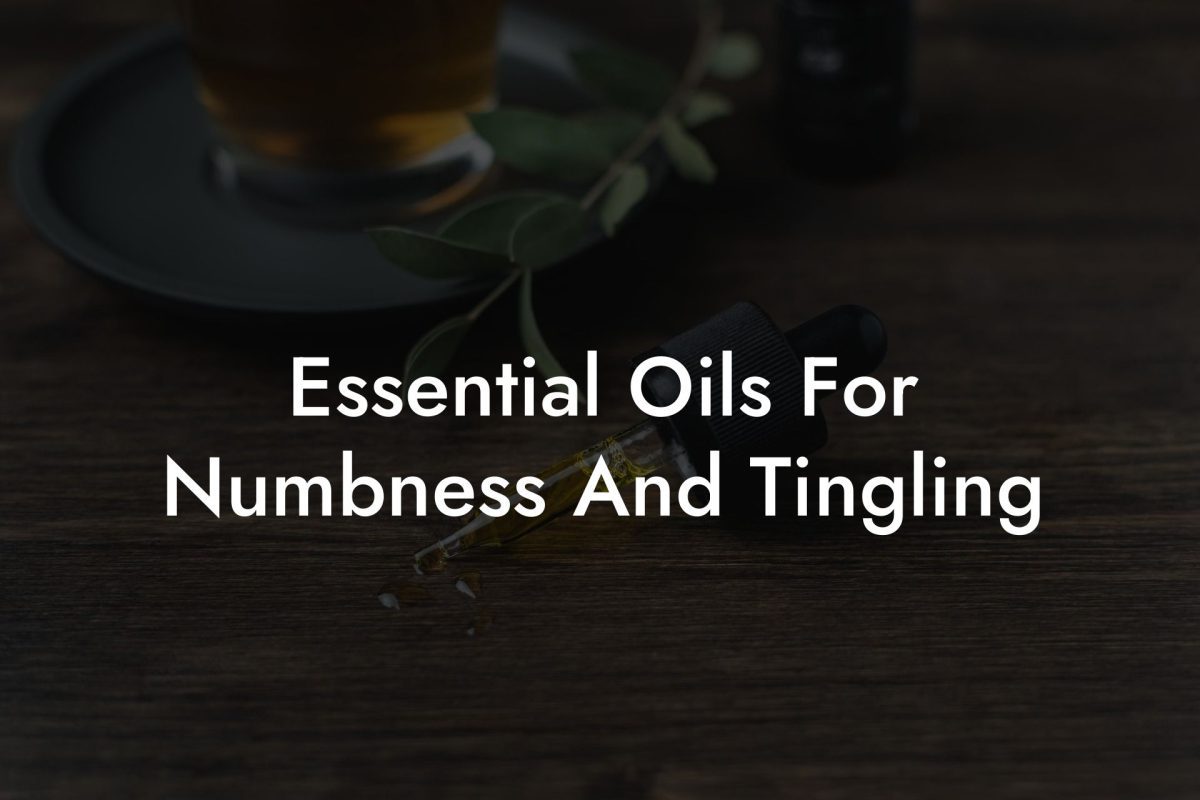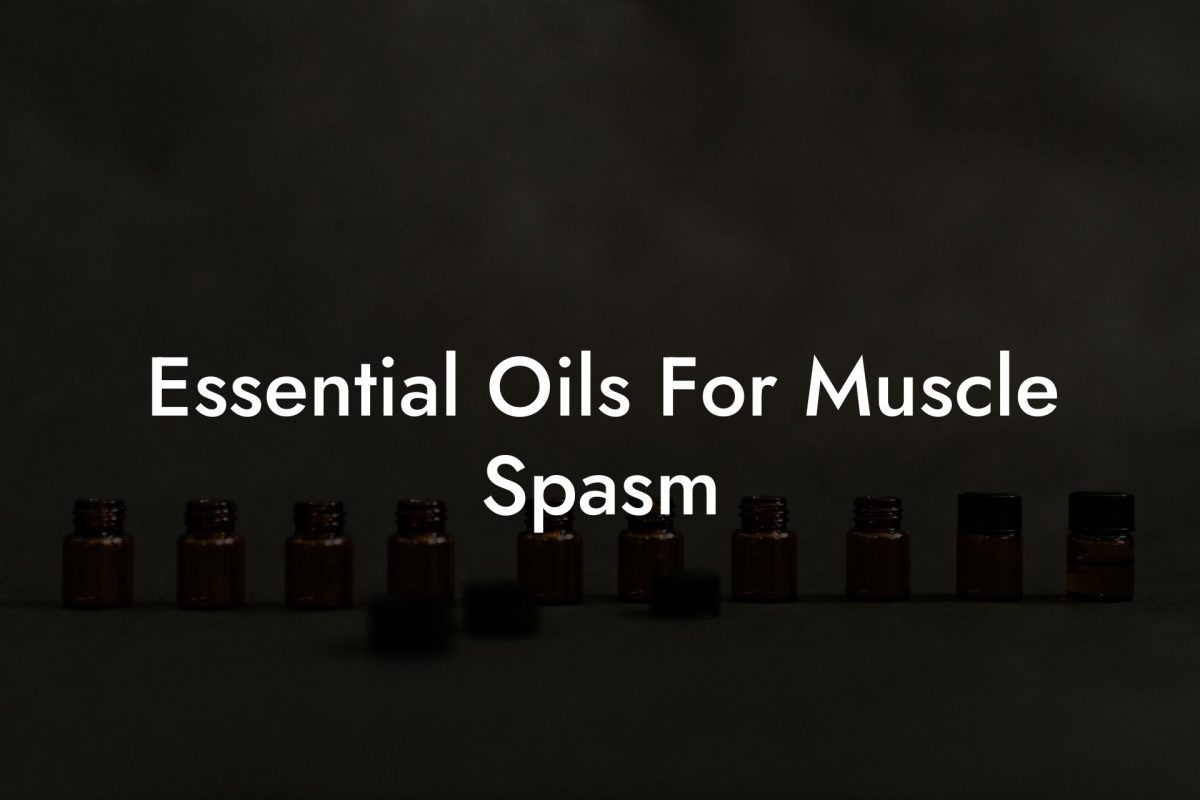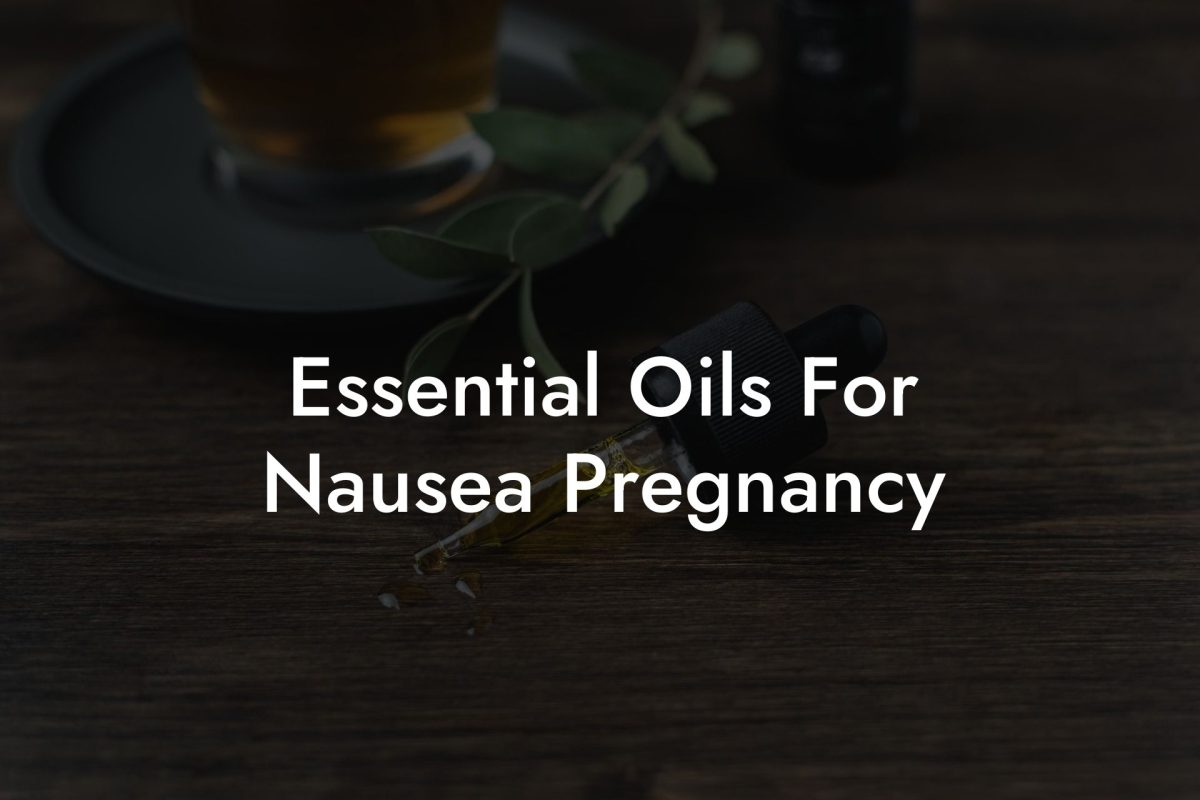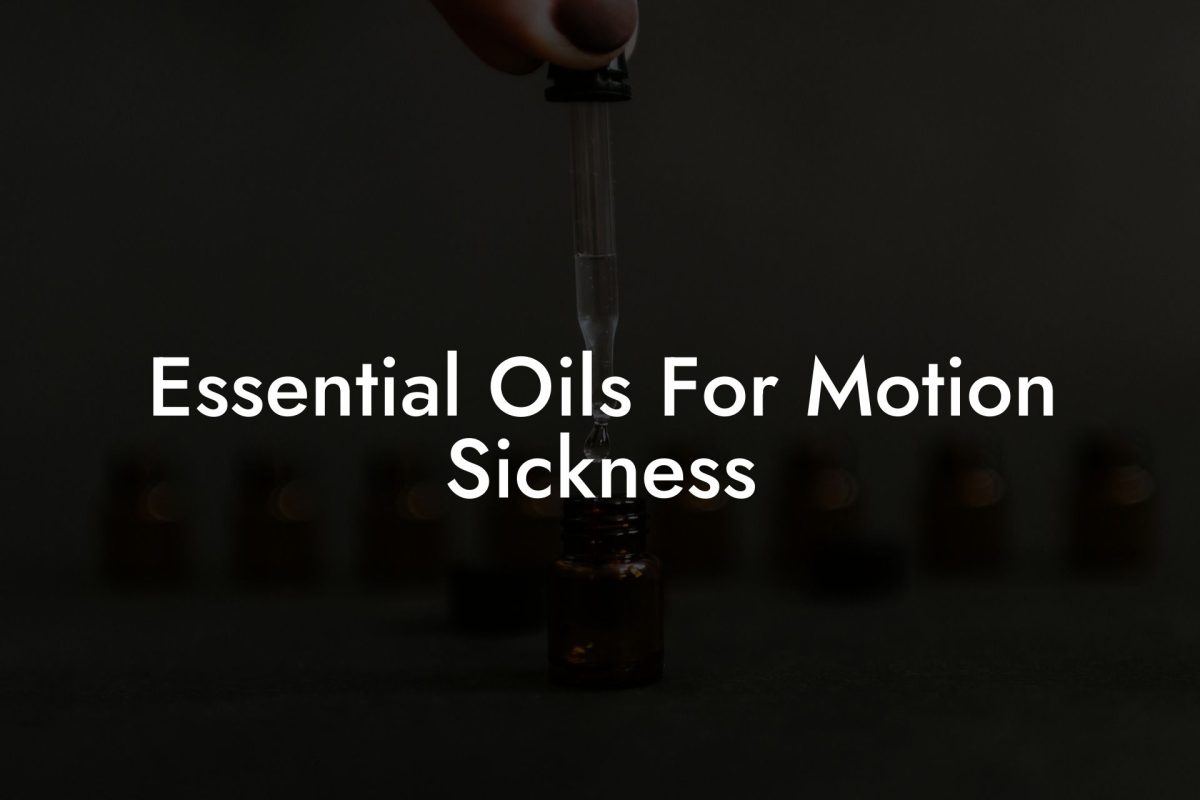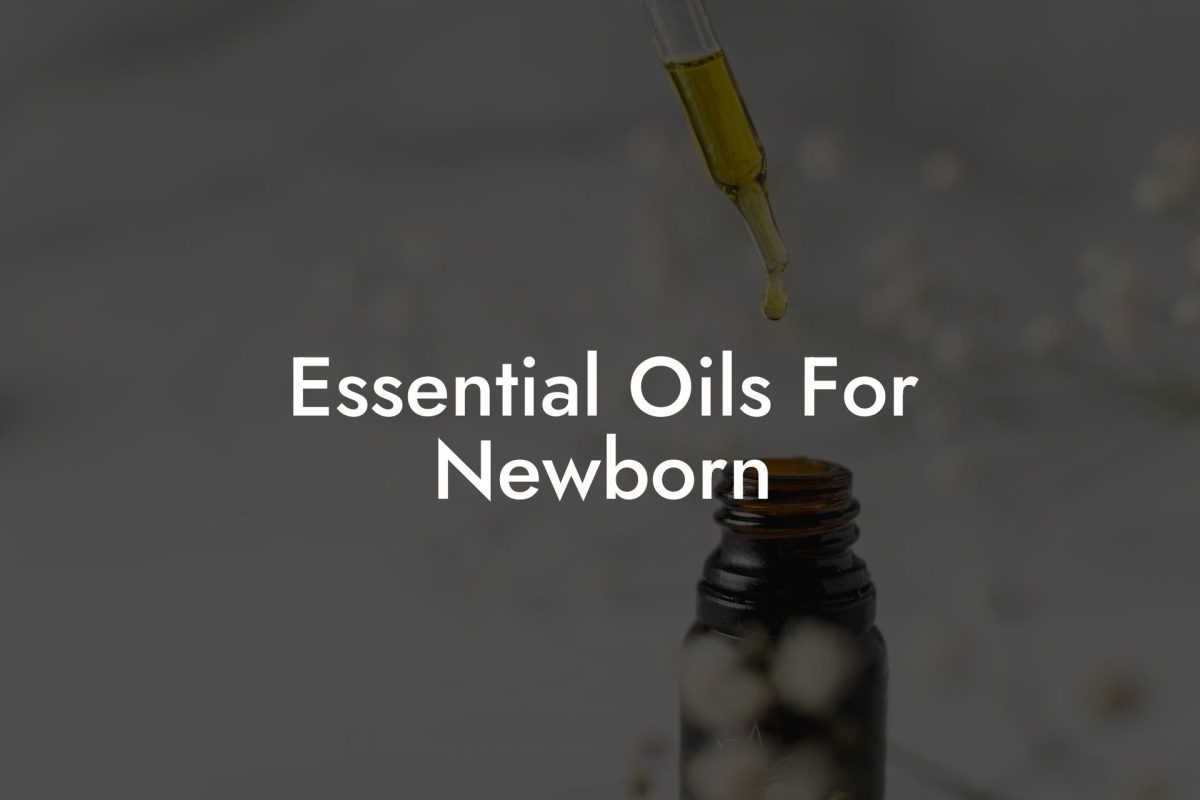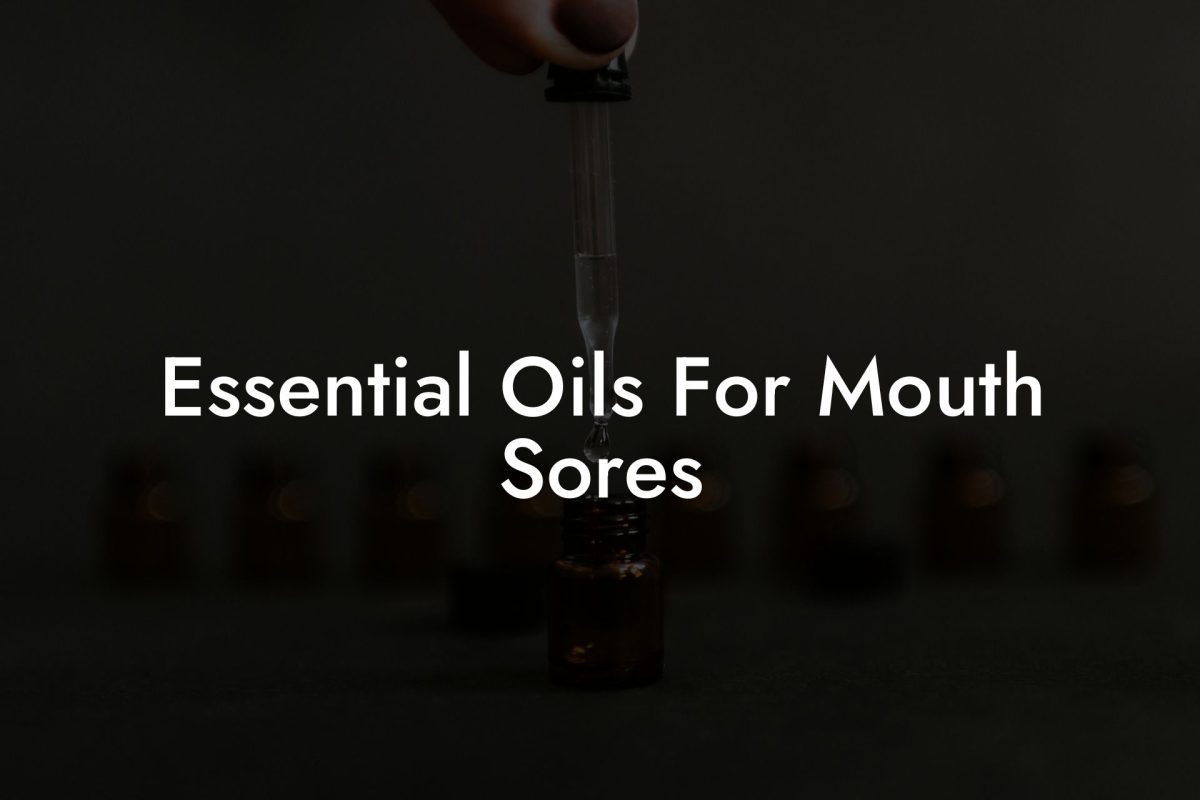Are you curious about the shelf life of essential oils? Using essential oils at their peak potency is crucial for experiencing the best results. In this informative guide, we will explain how long essential oils can last and how to store them properly to prolong their shelf life.
Table of Contents
Understanding Essential Oils Shelf Life
Essential oils are natural extracts from plants that possess powerful therapeutic properties. However, their potency and effectiveness can decline over time due to several factors such as oxidation, heat, and light exposure. Knowing the average shelf life of your essential oils and taking steps to protect them from these elements can help you get the most out of your aromatherapy investments.
Average Shelf Life of Essential Oils
Essential oils vary in their longevity due to differences in chemical composition. While some can last for several years, others may only maintain their potency for a few months. Below is a general guideline for the shelf life of essential oils:
- Citrus oils: These oils, including lemon, orange, and grapefruit, typically have a shelf life of one to two years.
- Floral oils: Lavender, geranium, and other floral oils can last for three to five years.
- Spice oils: Essential oils derived from spices, such as clove and cinnamon, generally have a shelf life of three to five years.
- Woody and resinous oils: Cedarwood, sandalwood, and frankincense oils can maintain their potency for up to ten years.
Factors Impacting Essential Oils Shelf Life
The shelf life of essential oils can be influenced by multiple factors, including:
- Oxidation: Exposure to air can cause essential oils to oxidize and lose their potency over time. Always close the cap tightly and minimize contact with air to slow down this process.
- Heat: High temperatures can also reduce the shelf life of essential oils. Store your oils in cool, dark places to minimize heat exposure.
- Light: Ultraviolet (UV) rays can alter the chemical composition of essential oils, causing them to degrade more rapidly. To protect them from light exposure, keep your oils in dark glass bottles and avoid storing them in direct sunlight.
Proper Storage Techniques to Prolong Shelf Life
To help maintain the potency and quality of your essential oils, follow these storage tips:
- Store your oils in dark glass bottles, such as amber or cobalt blue containers, to protect from UV light.
- Keep the caps tightly closed to minimize oxidation.
- Store your essential oils in a cool, dark place, away from sunlight and heat sources.
- Avoid storing essential oils in plastic containers, as they can react with the oils and compromise their quality. Use glass or stainless steel containers instead.
- If you have large quantities of essential oils that you don’t use frequently, consider dividing them into smaller containers to minimize air exposure.
- Write the purchase or opening date on the bottle to help you track the age of your essential oils.
Essential Oils Shelf Life Example:
Let’s say you have a collection of essential oils for aromatherapy, but you are unsure if they are still potent and effective. Using our guide, you determine that your lavender oil, purchased three years ago, should still be viable since its shelf life is typically three to five years. However, your lemon oil, purchased two years ago, may be nearing the end of its potency due to its shorter shelf life of one to two years. To ensure the quality of your essential oils, you decide to follow our storage tips by transferring your oils to dark glass bottles, storing them in a cool, dark space, and writing the opening date on each bottle.
Armed with the knowledge of essential oils’ shelf life and storage techniques, you can now make the most of your aromatherapy experiences by using potent, high-quality oils. If you found this article helpful, don’t hesitate to share it with friends, explore our other informative guides on the Oshu Oils blog, and browse our impressive range of artisan essential earth oils crafted to bring balance and well-being to your life.

